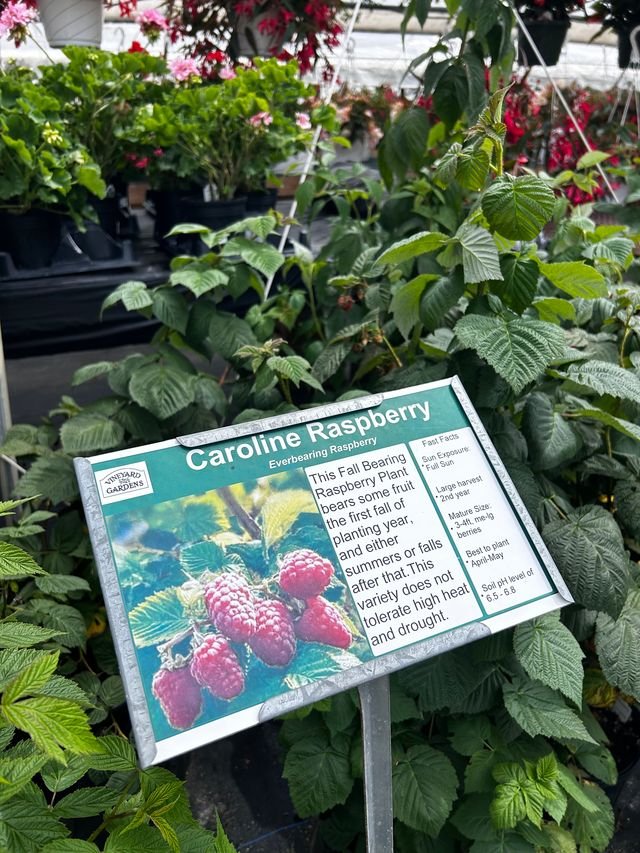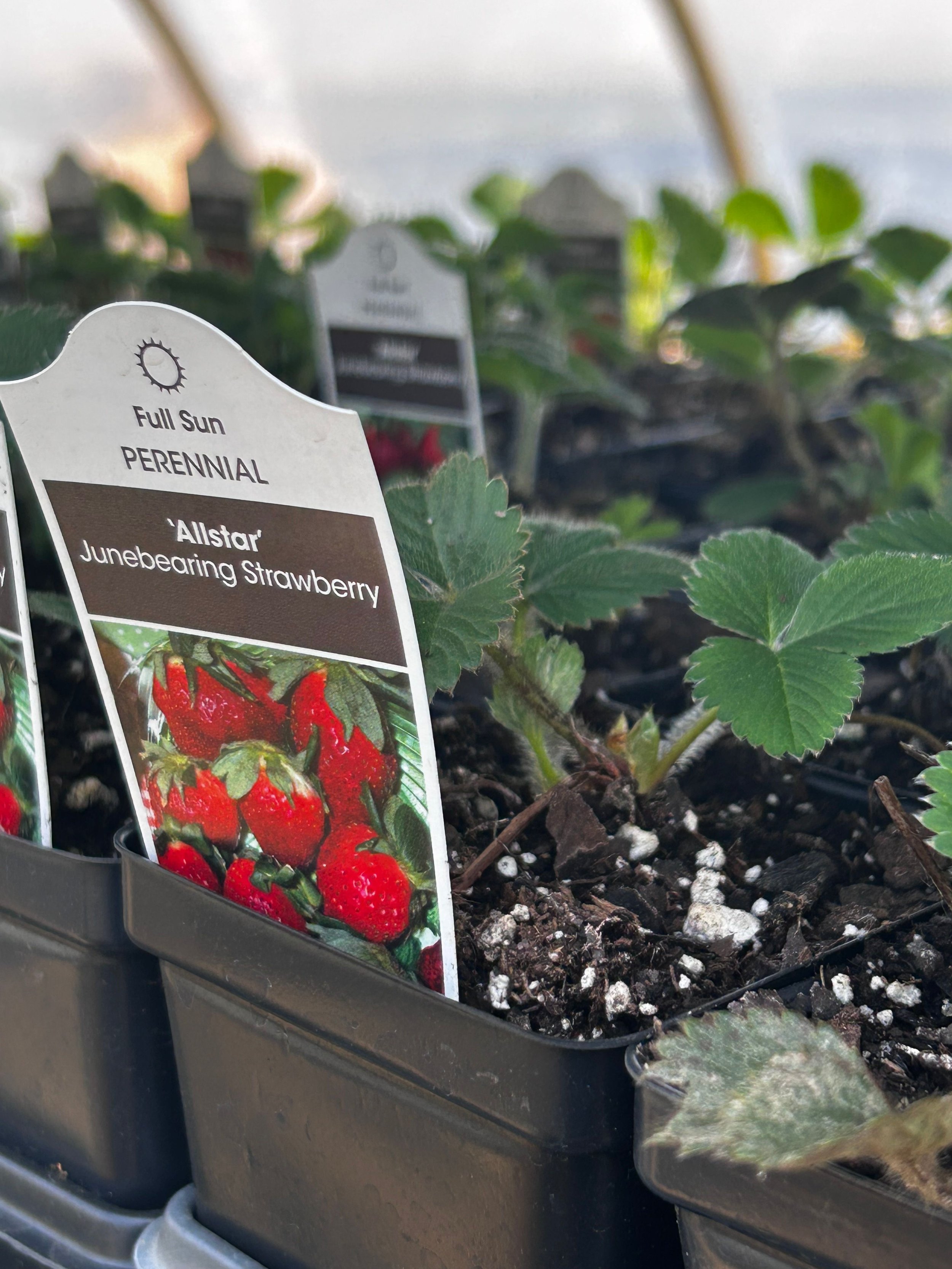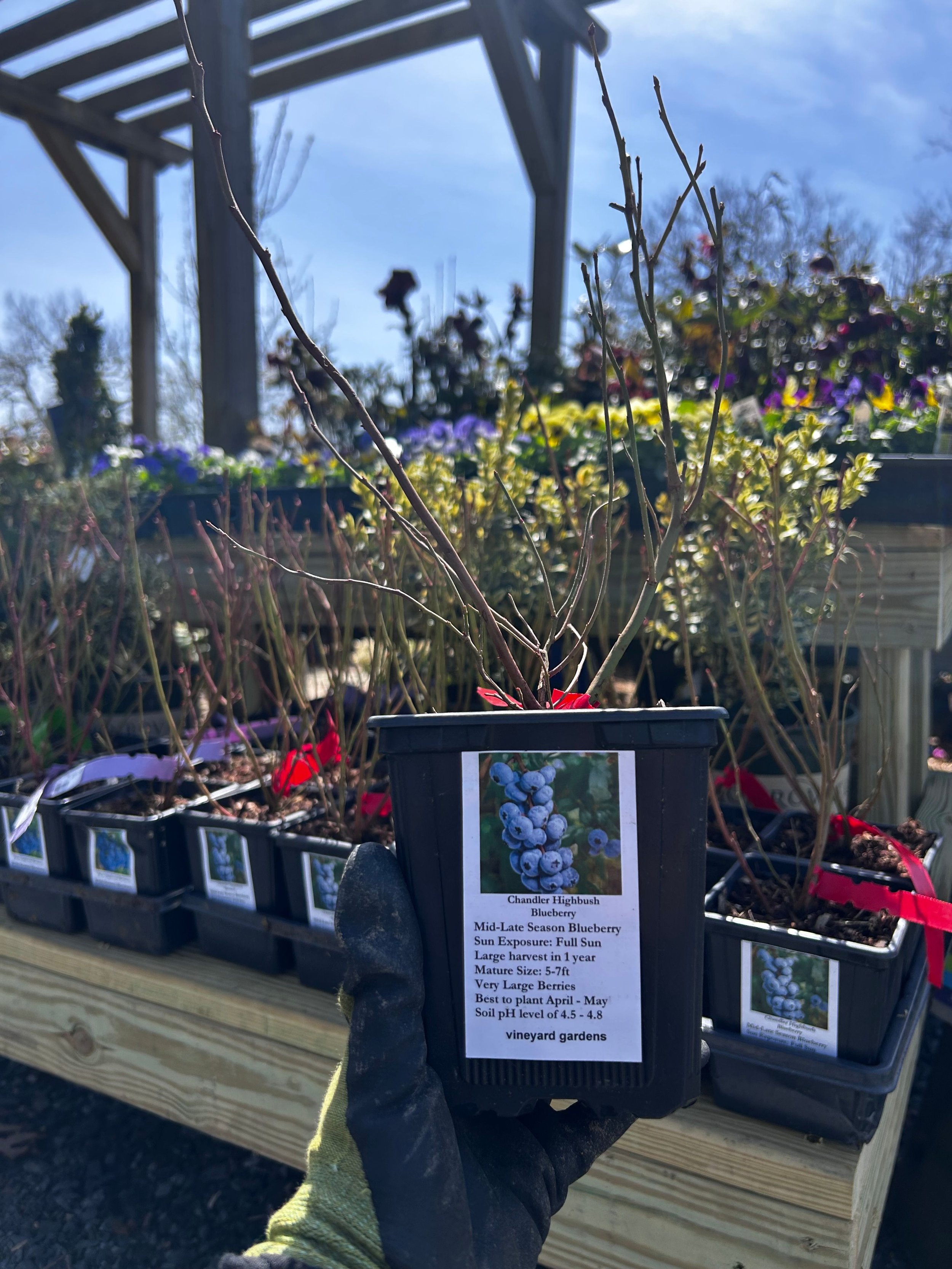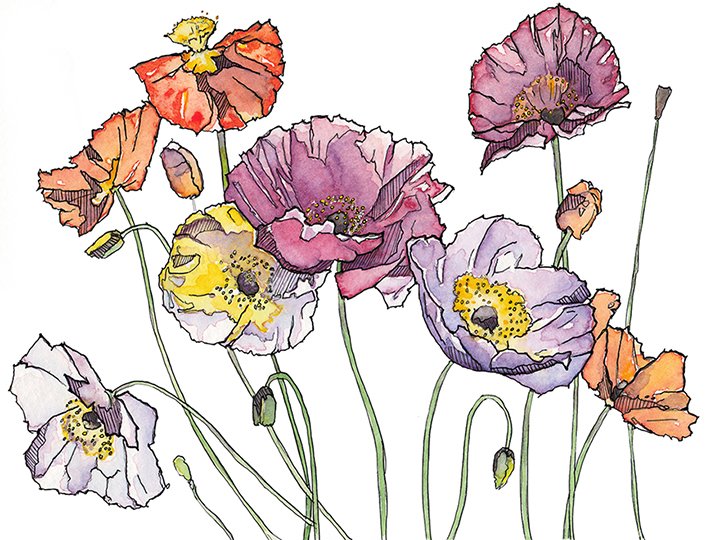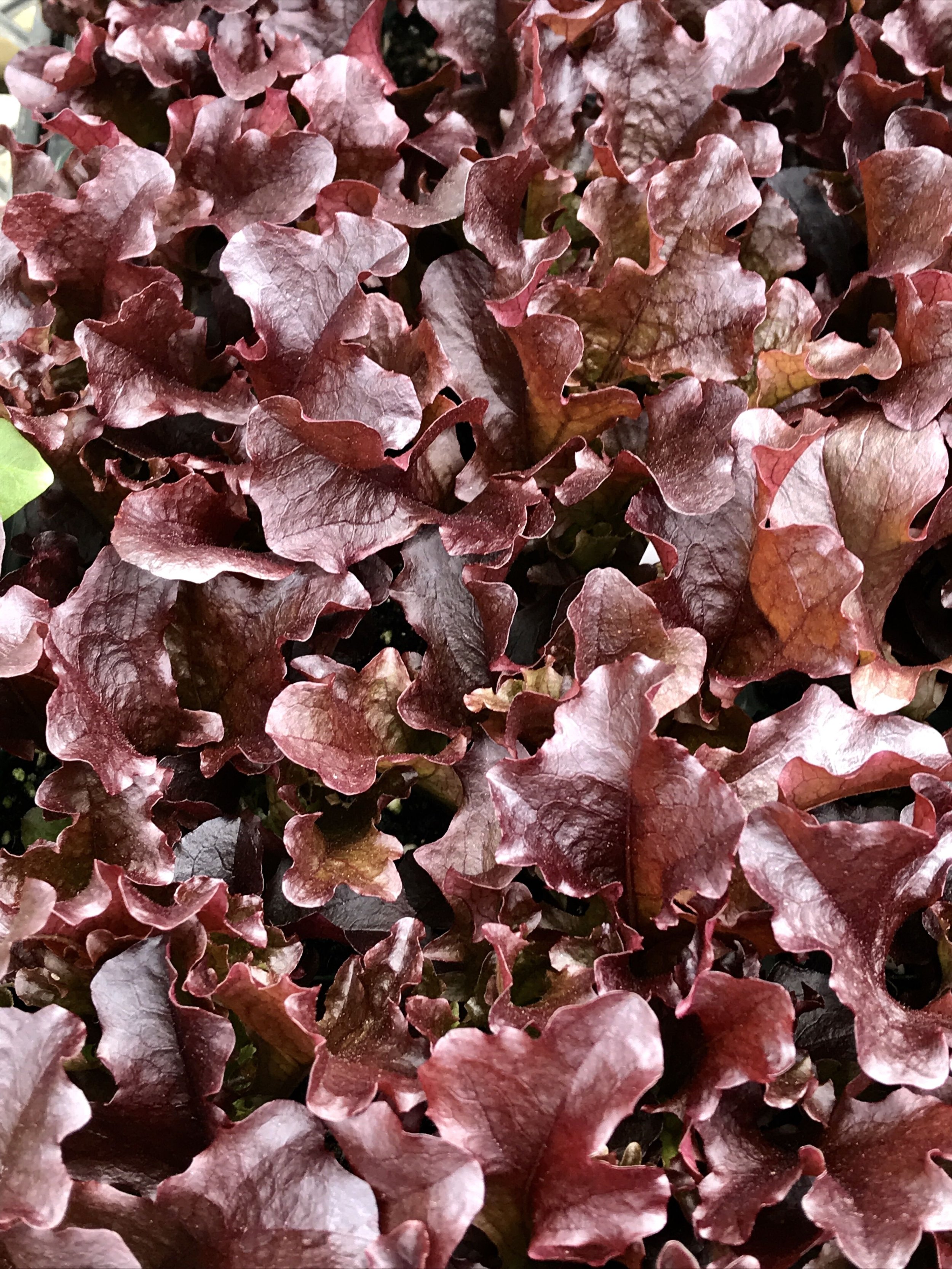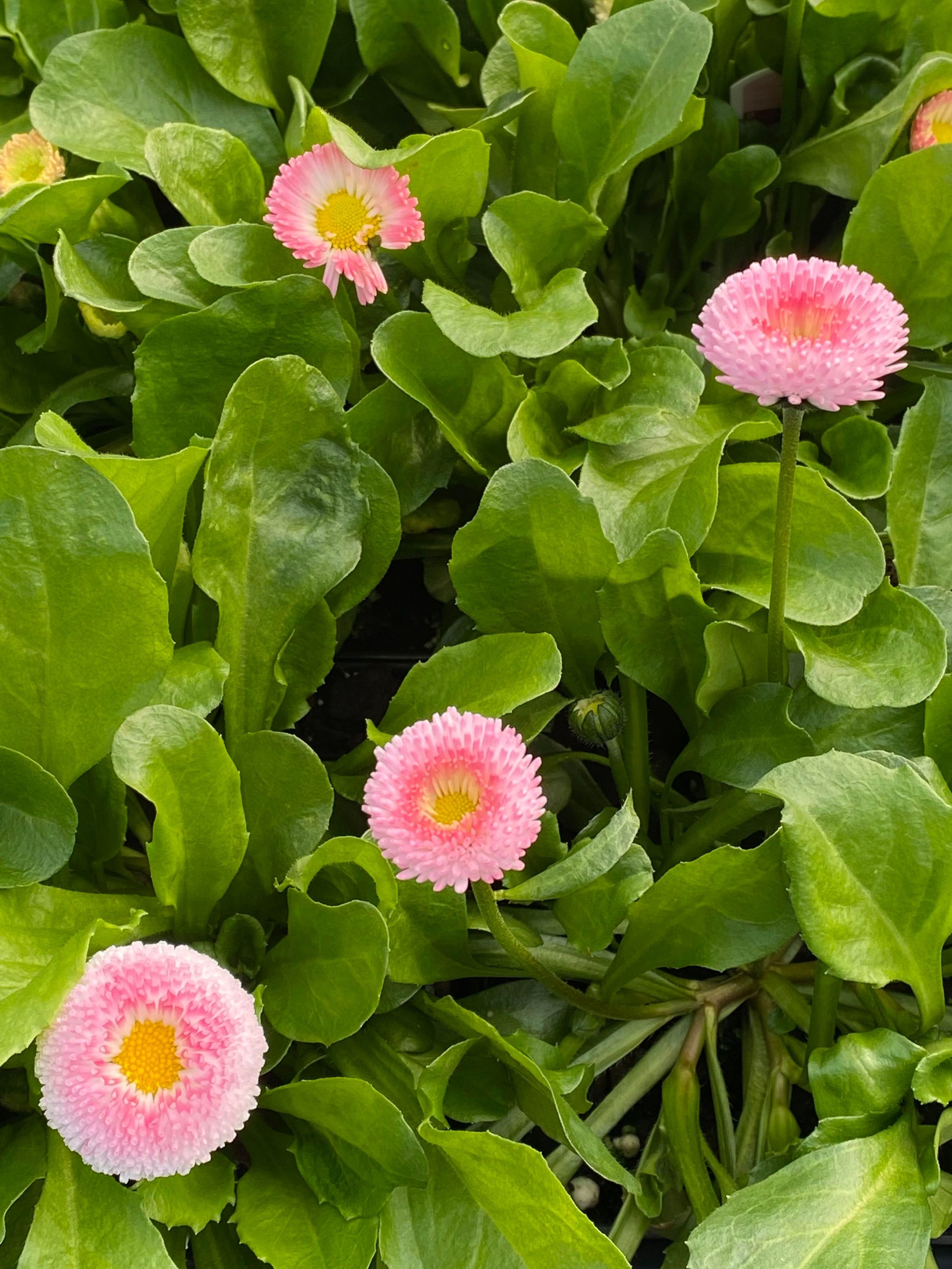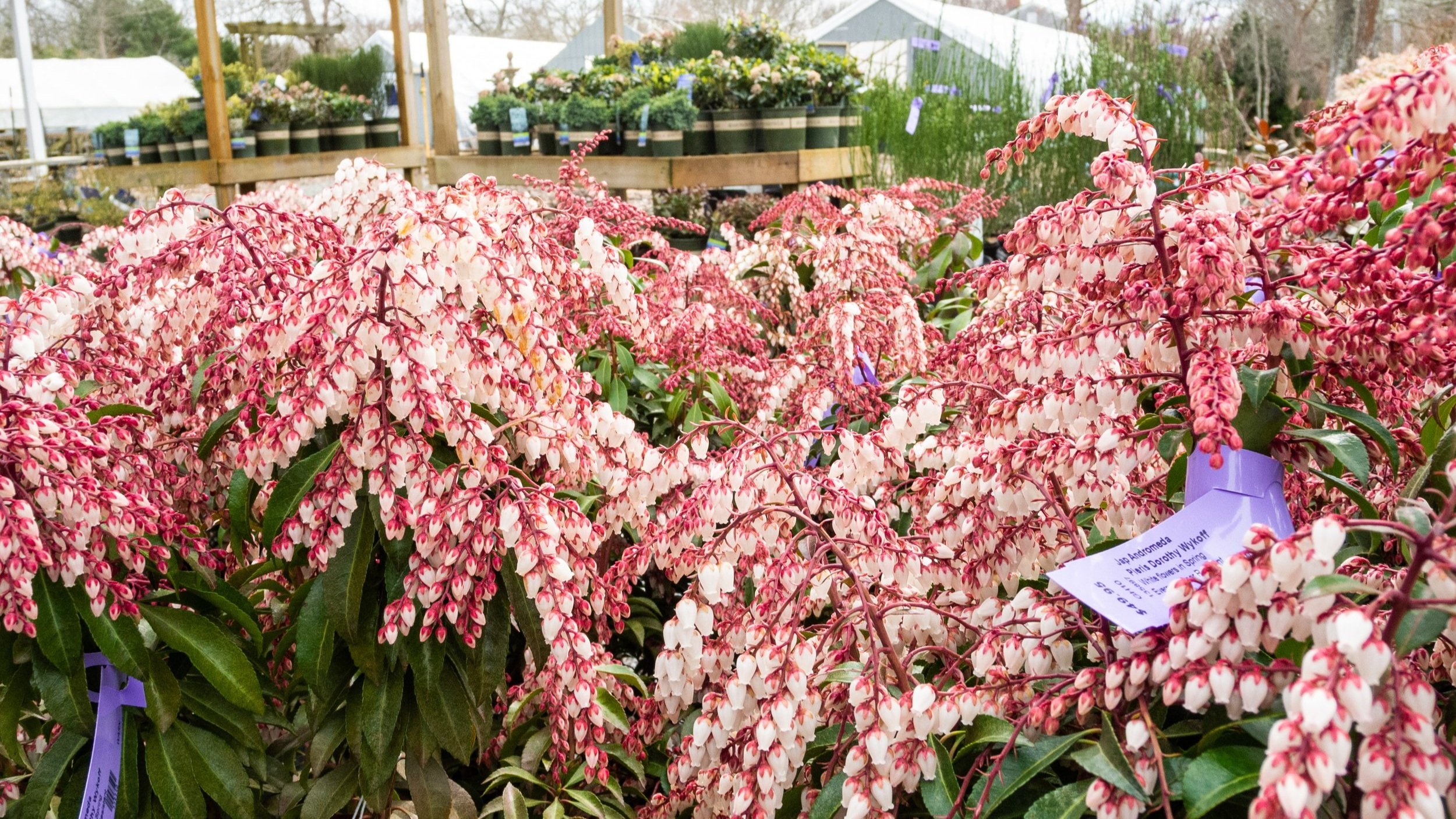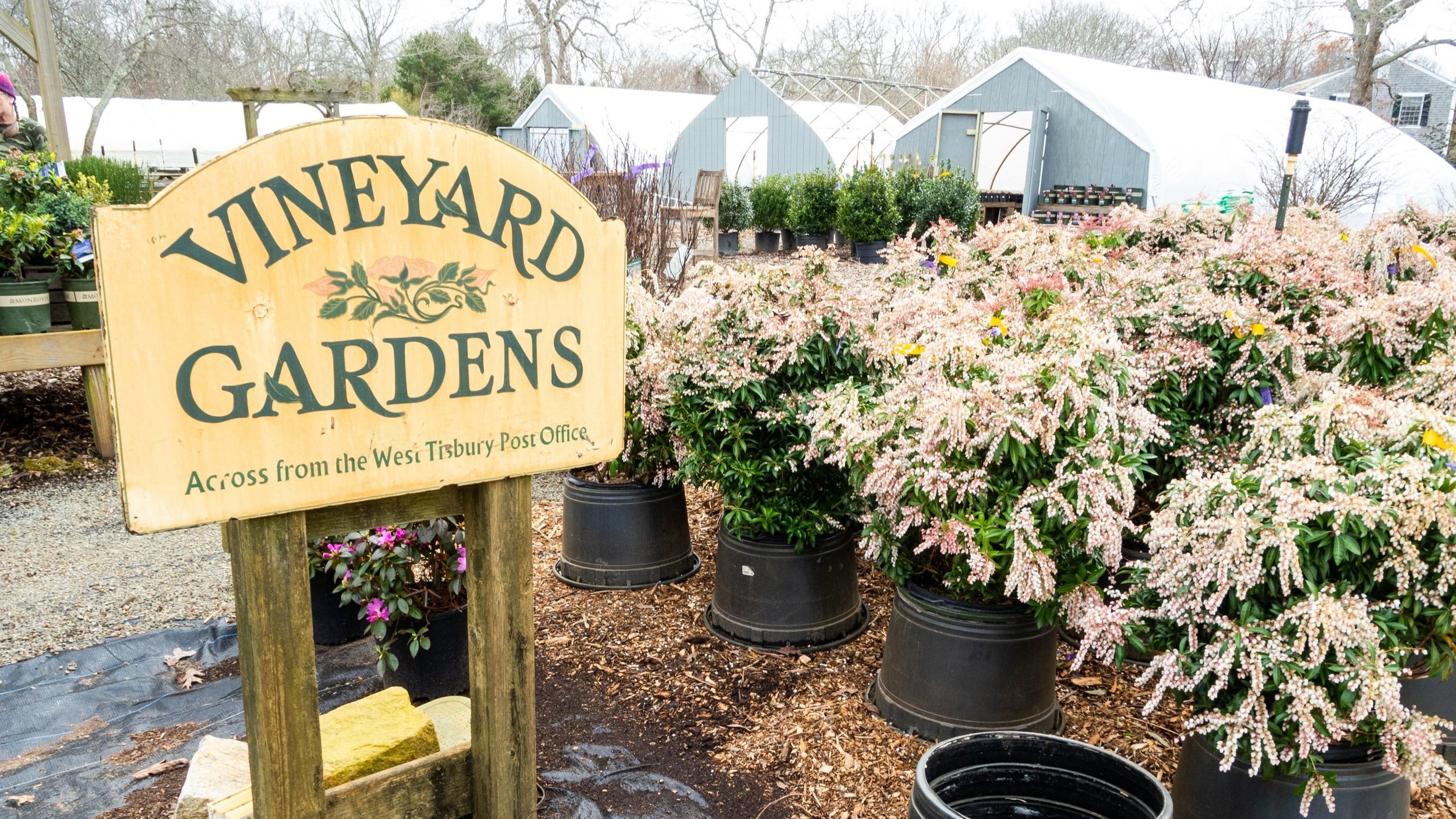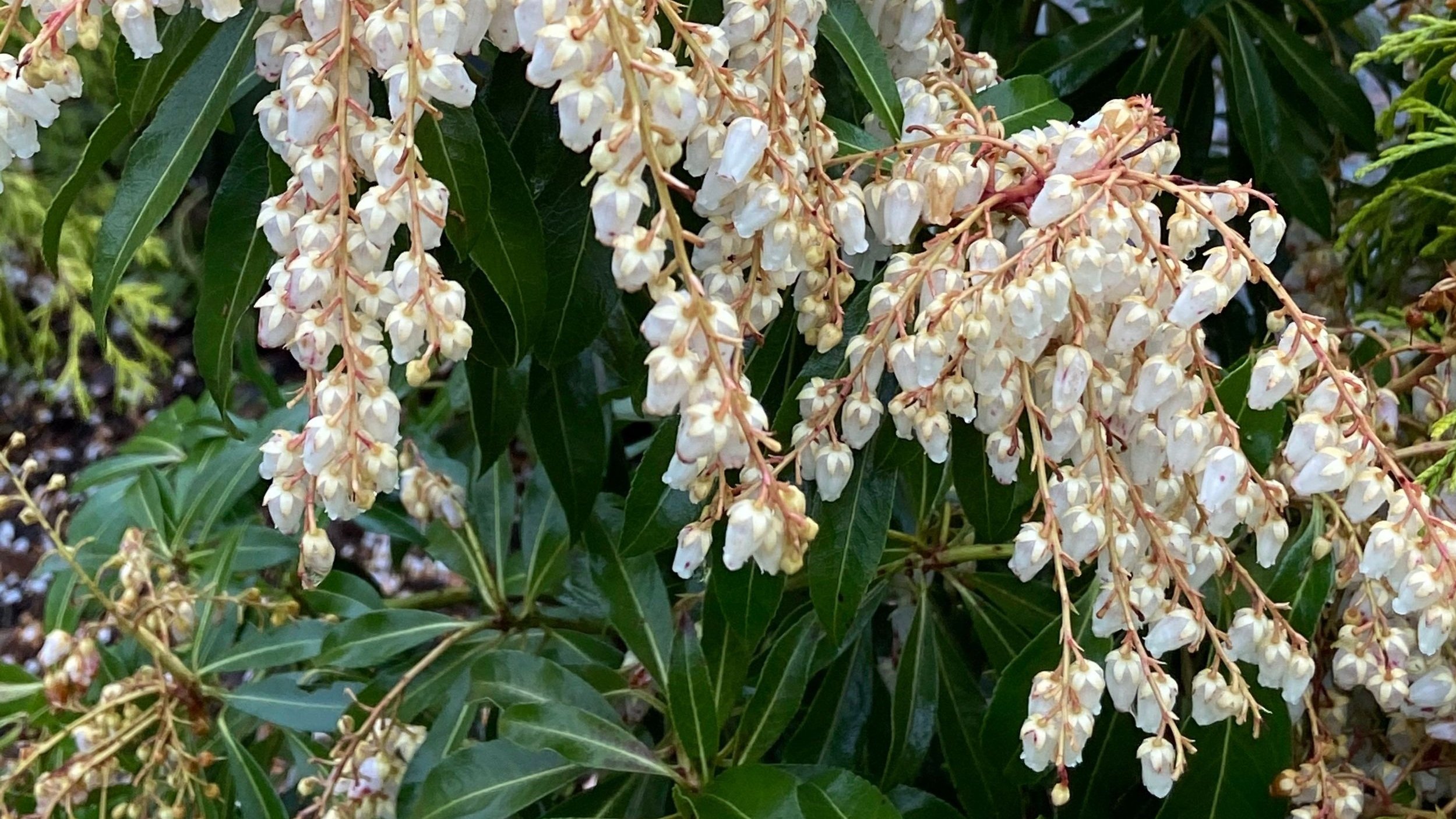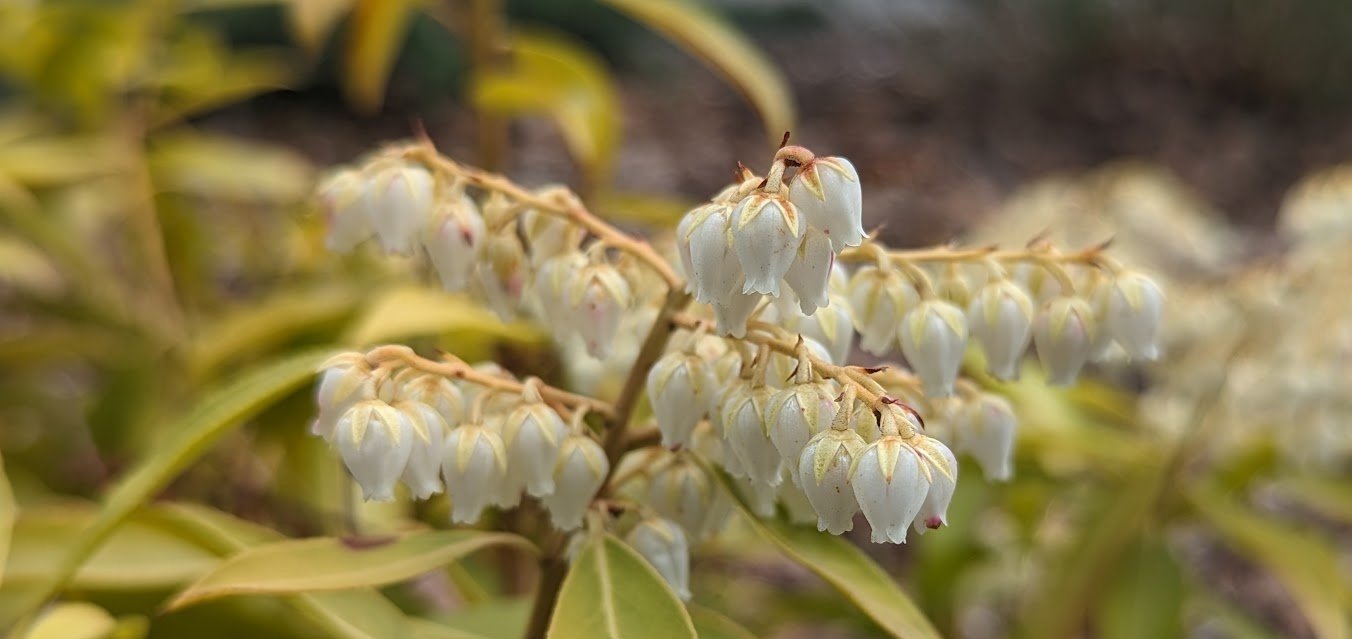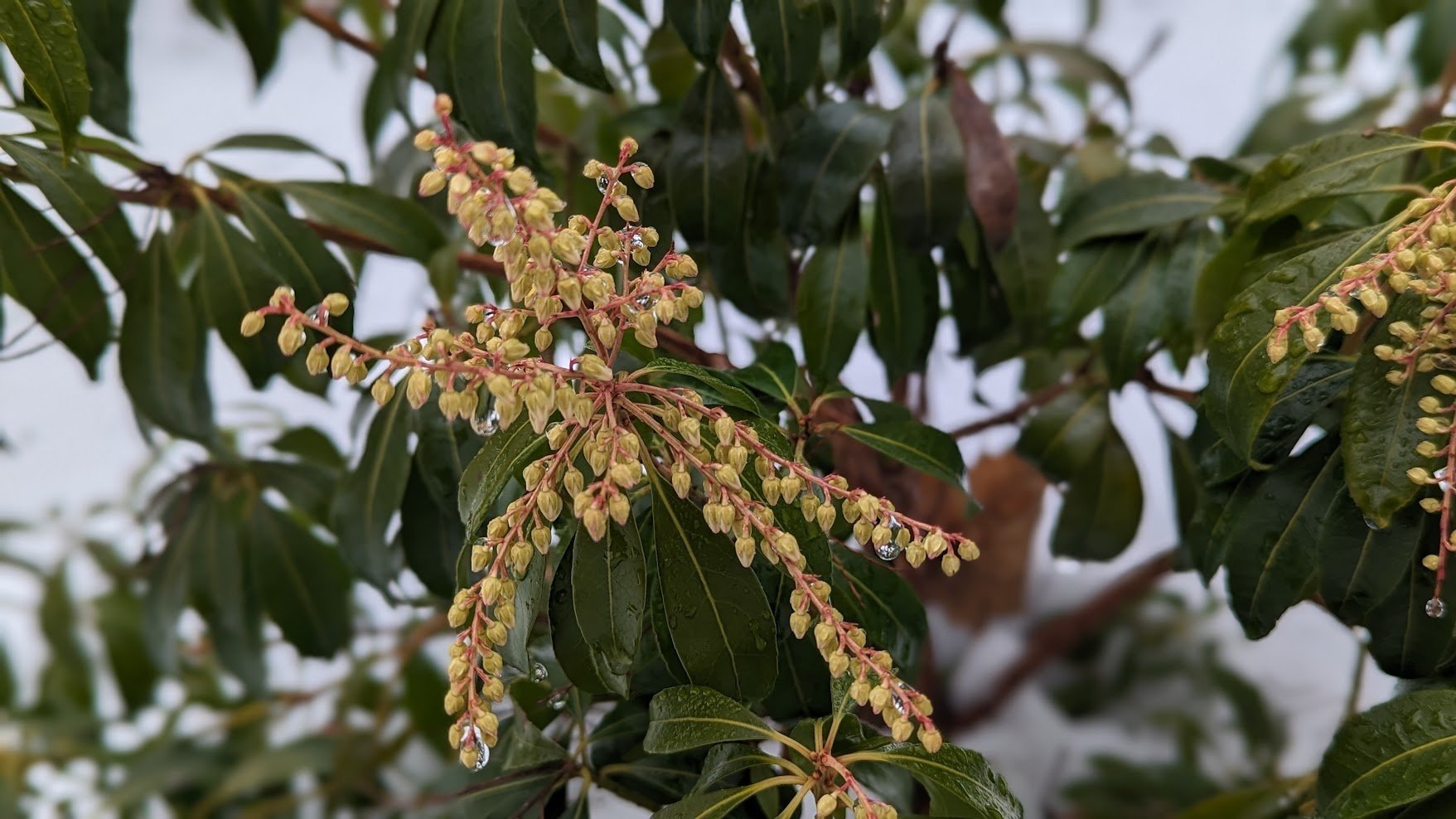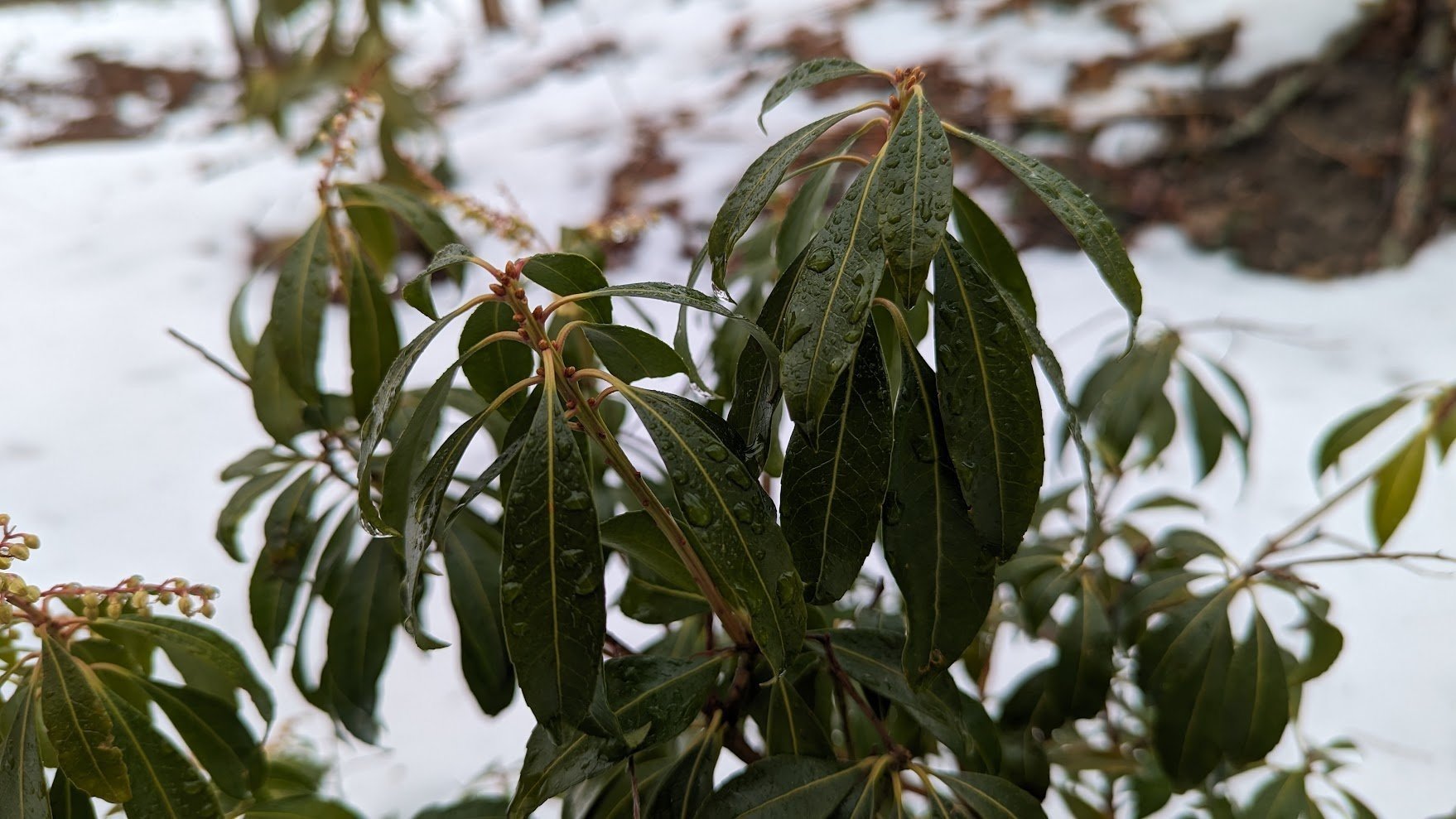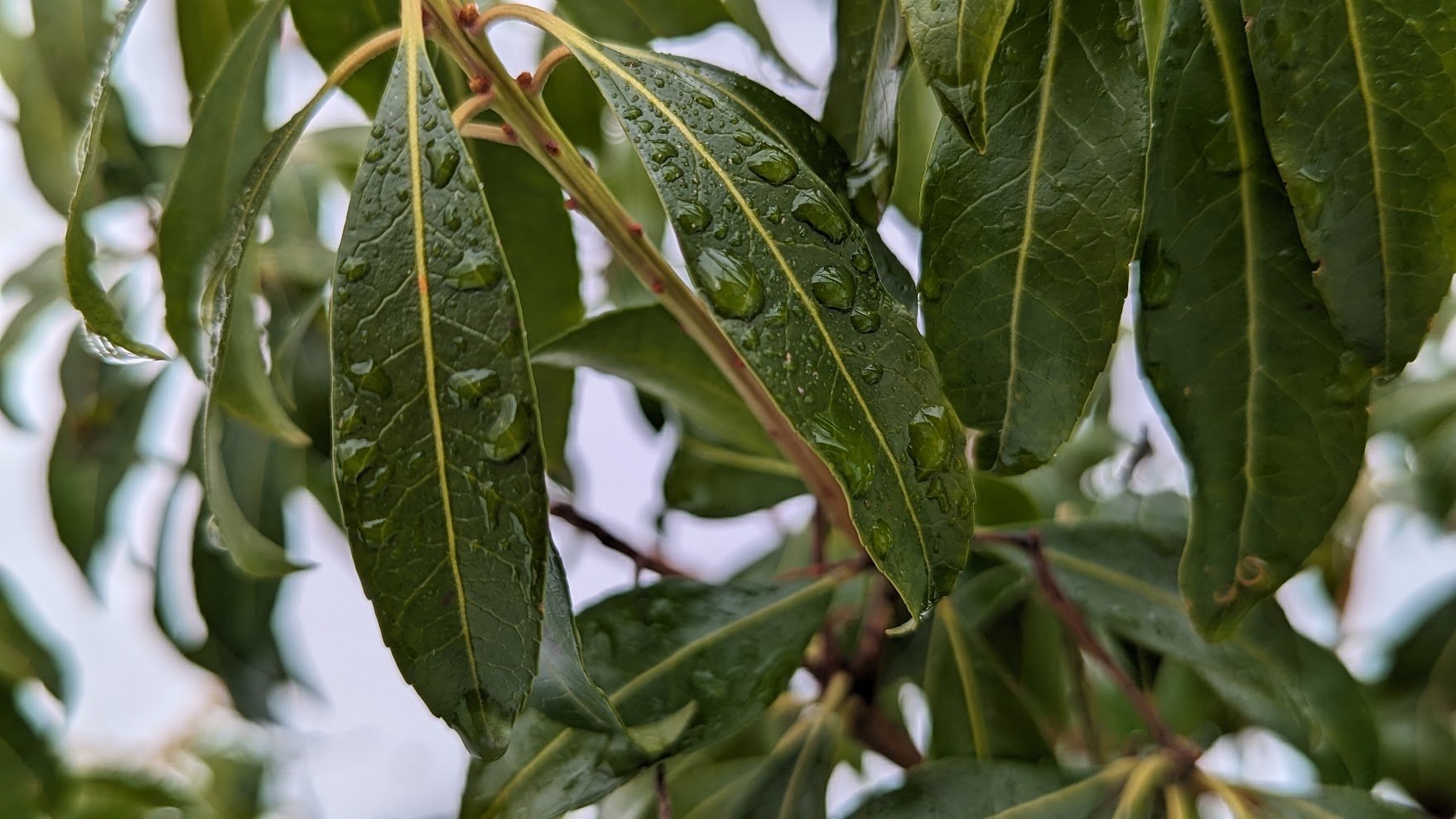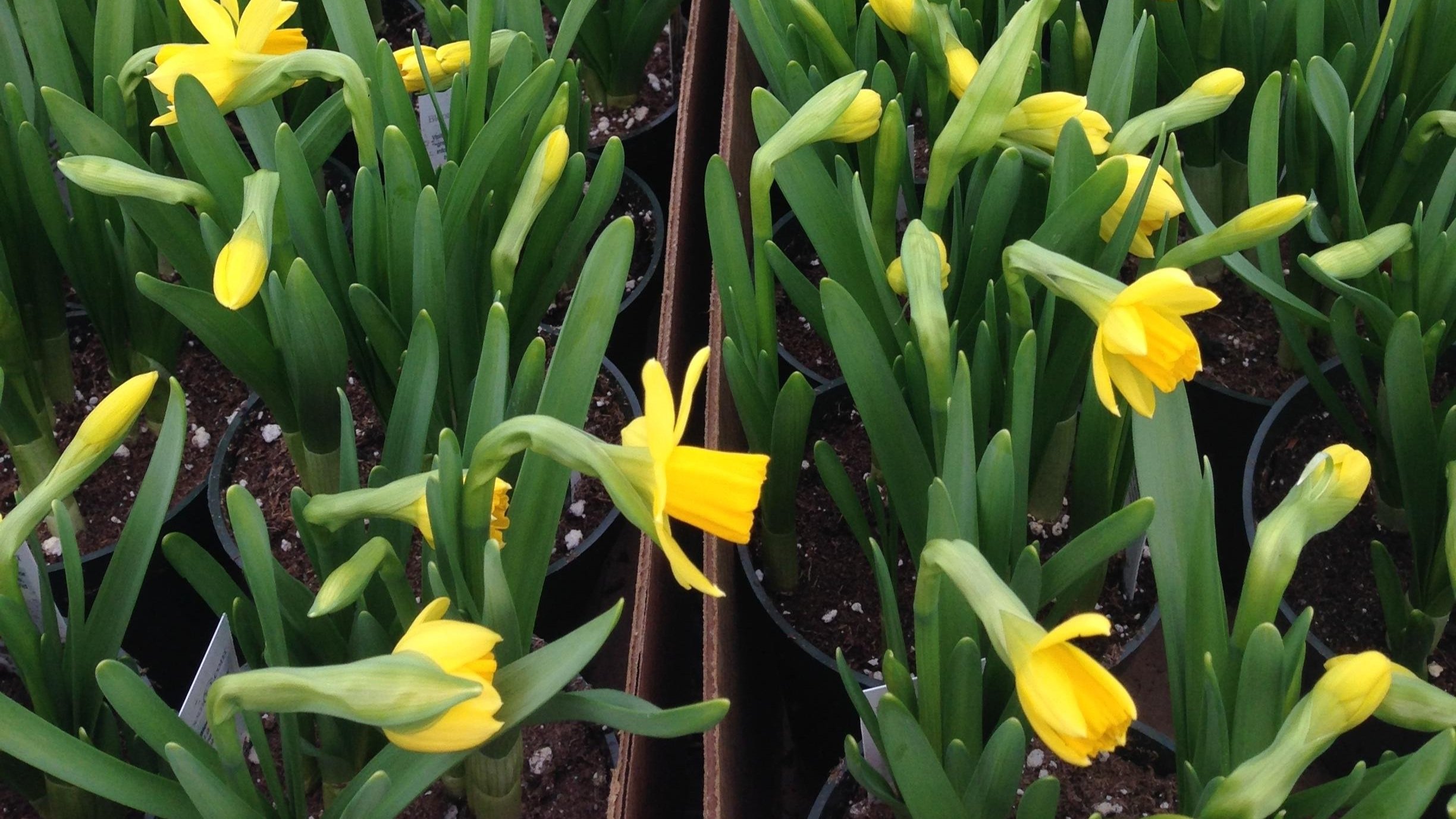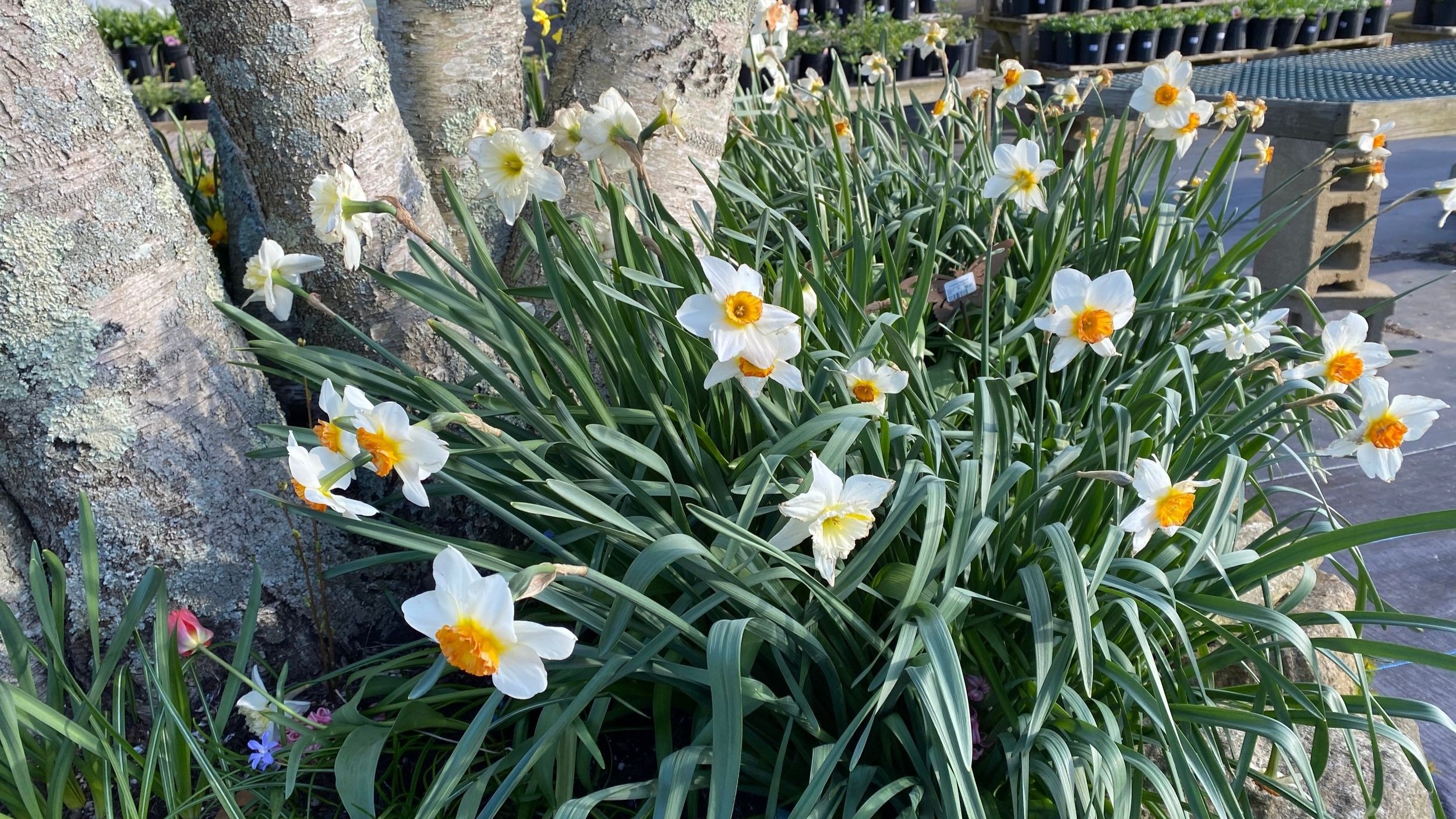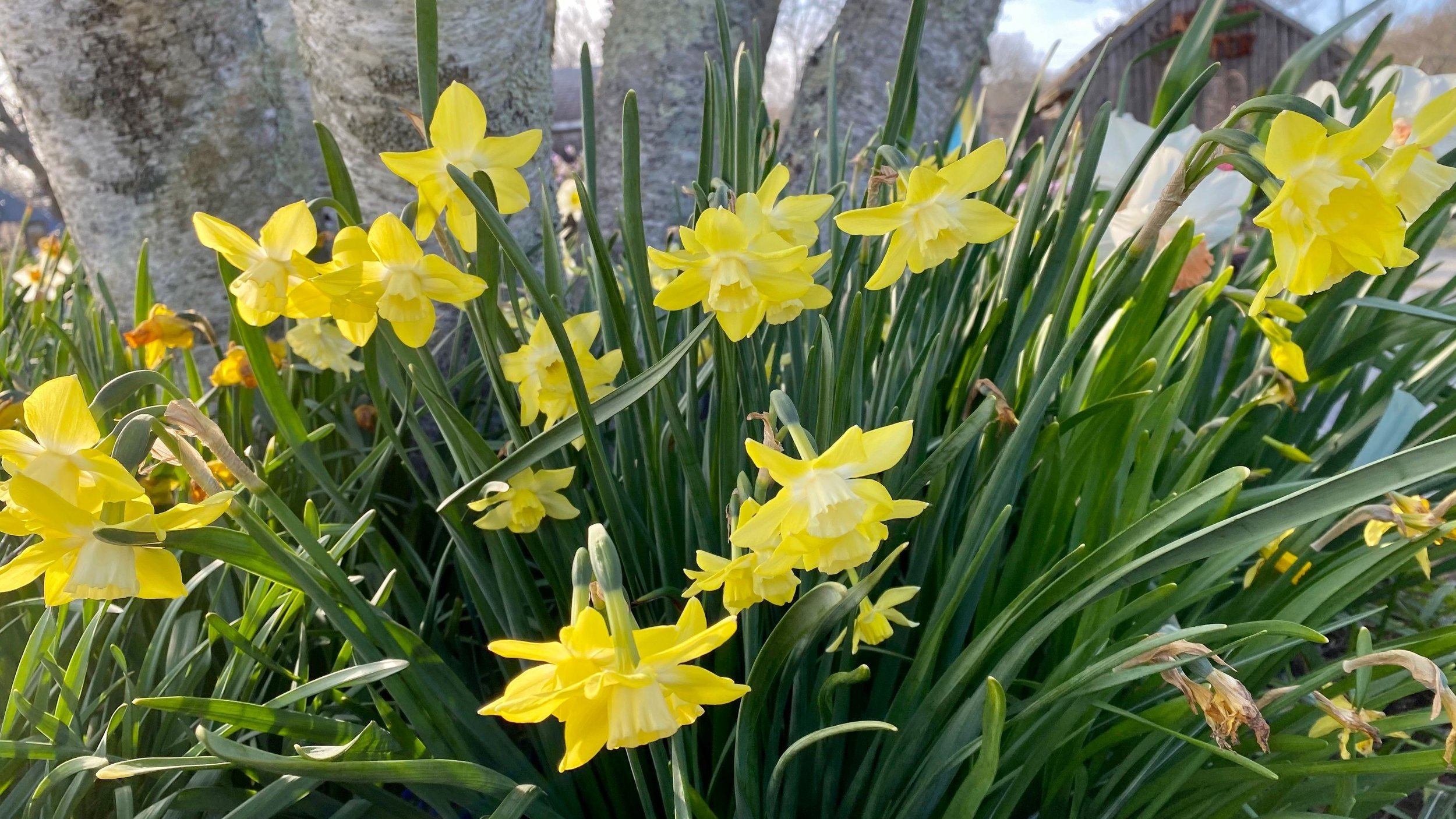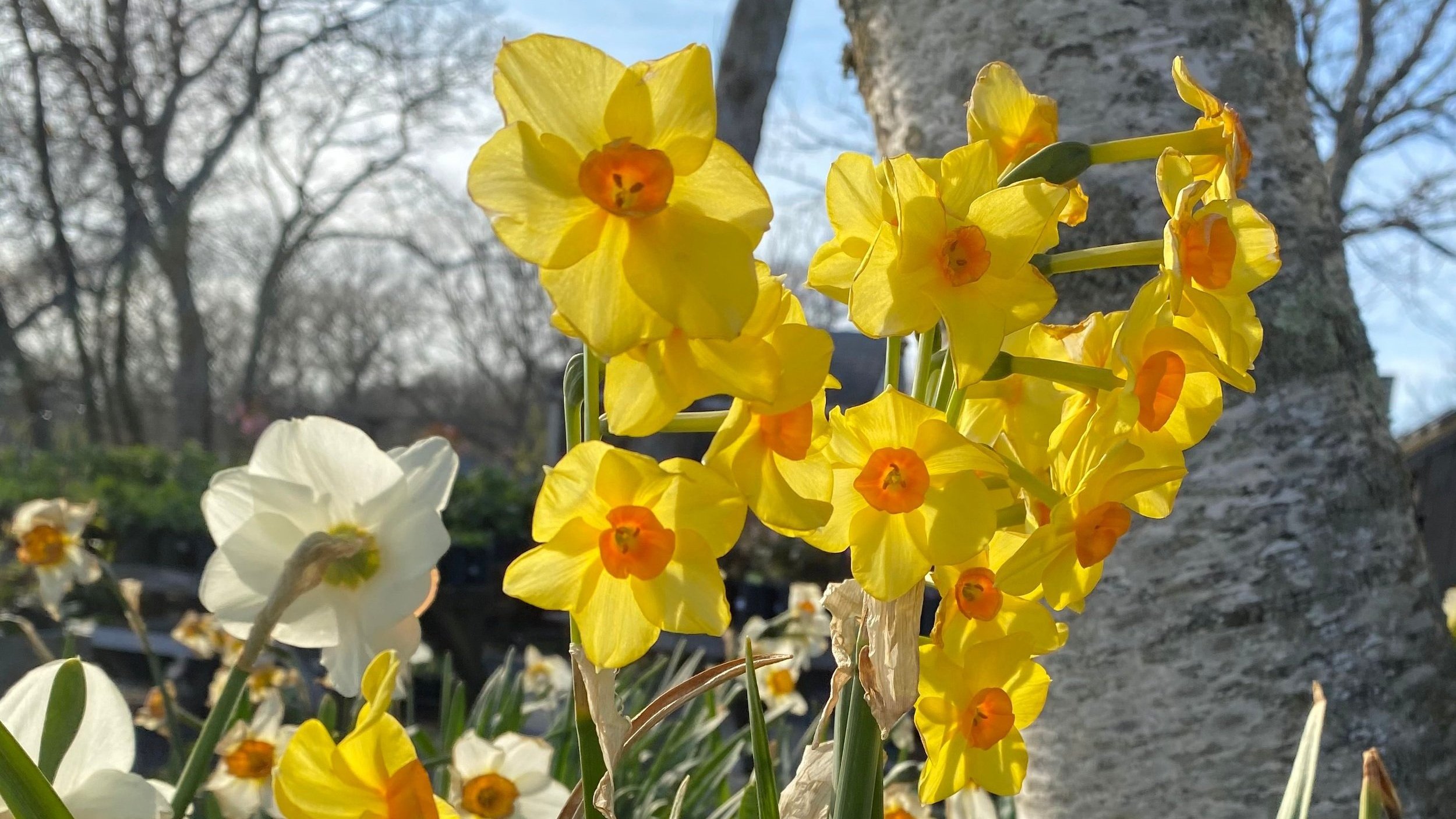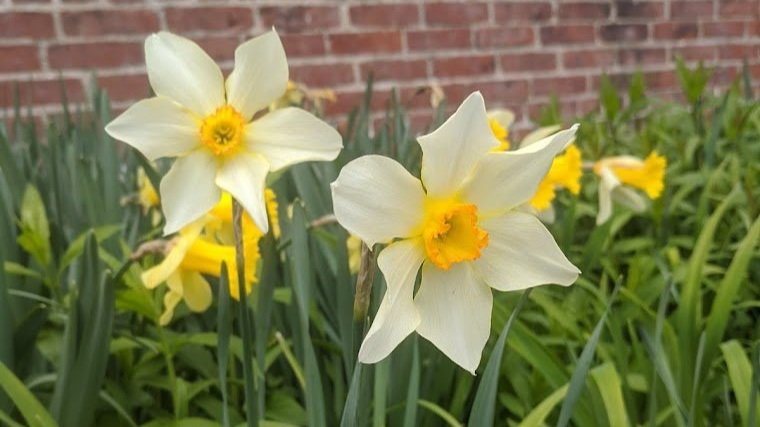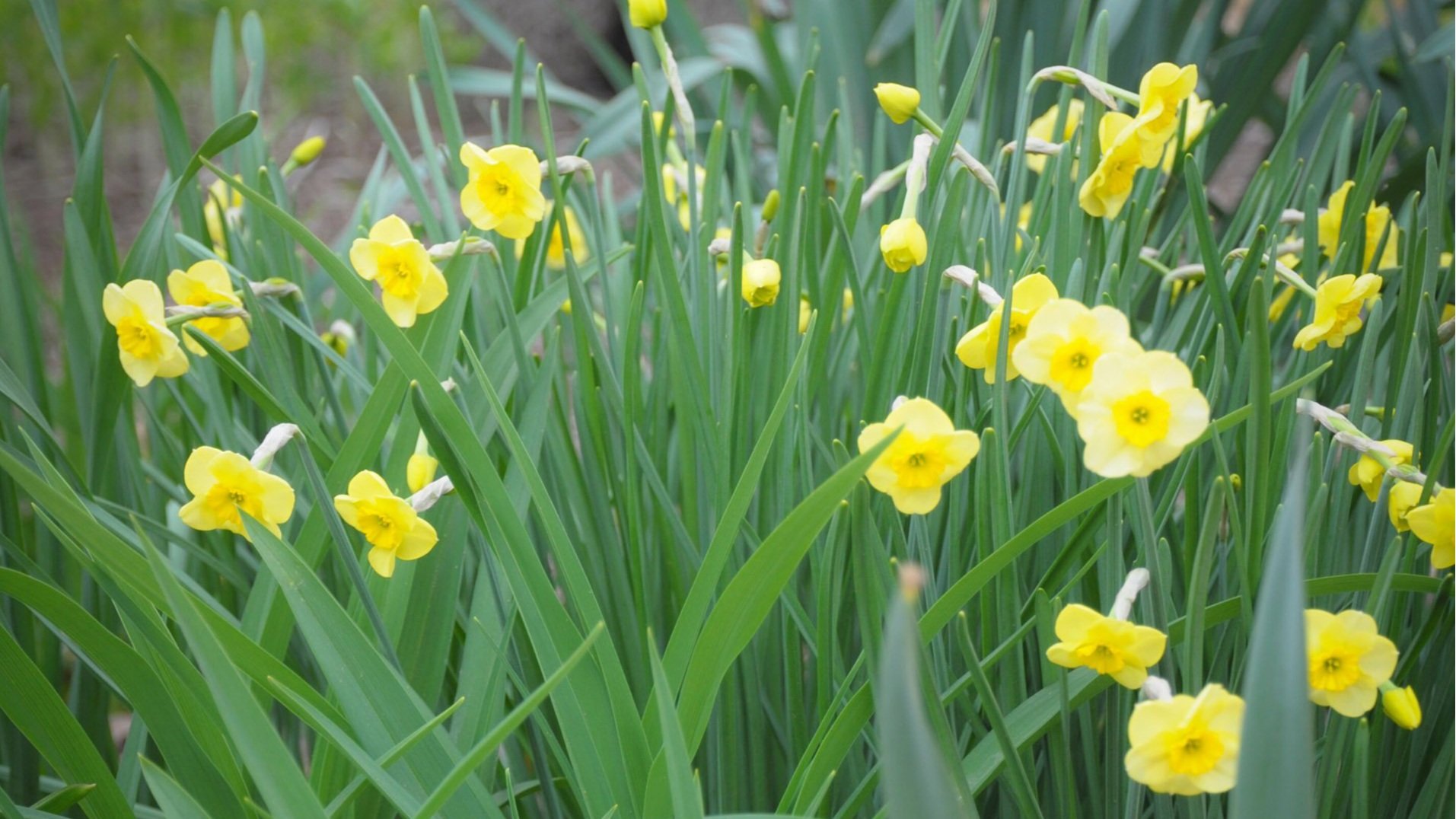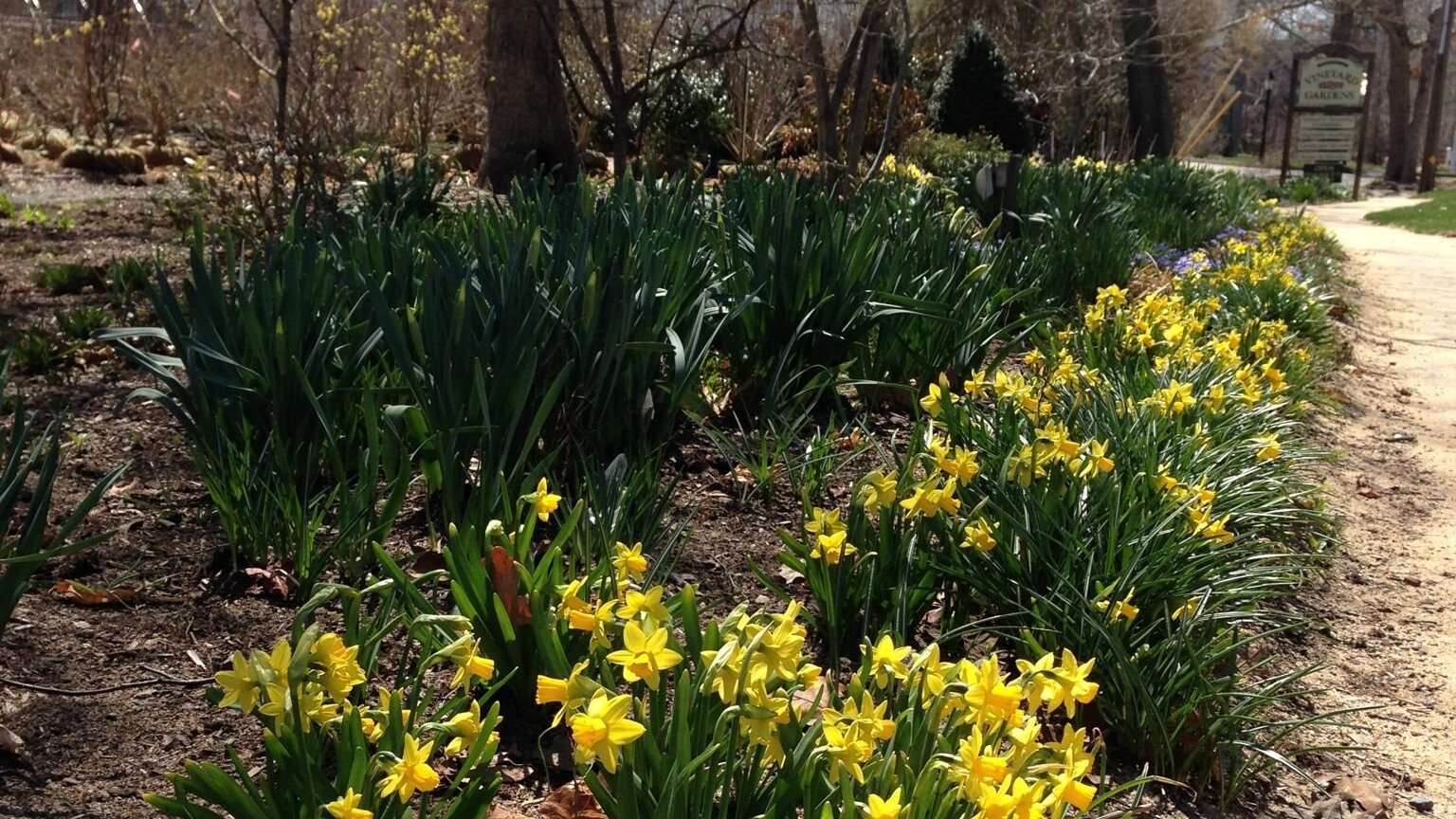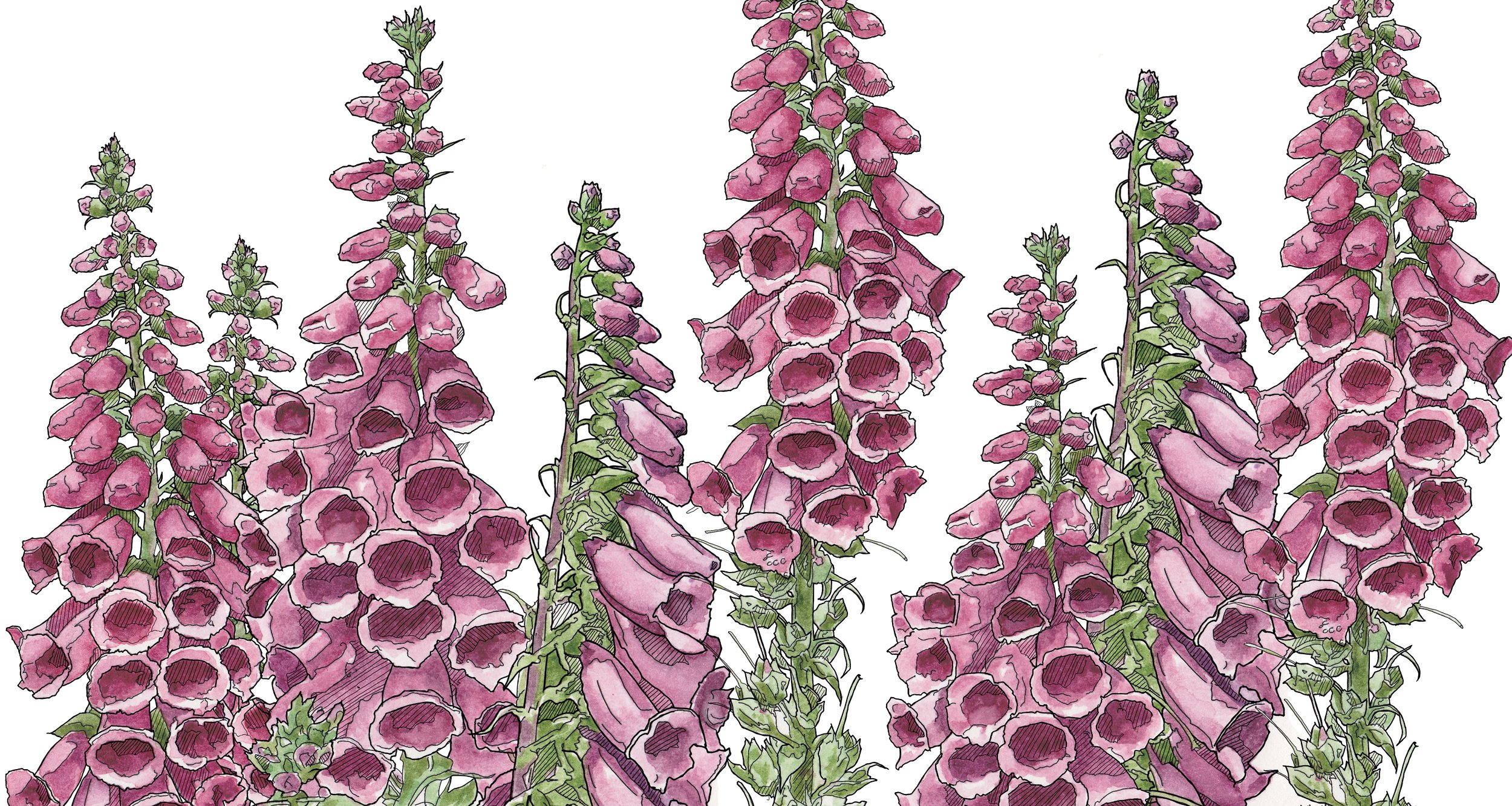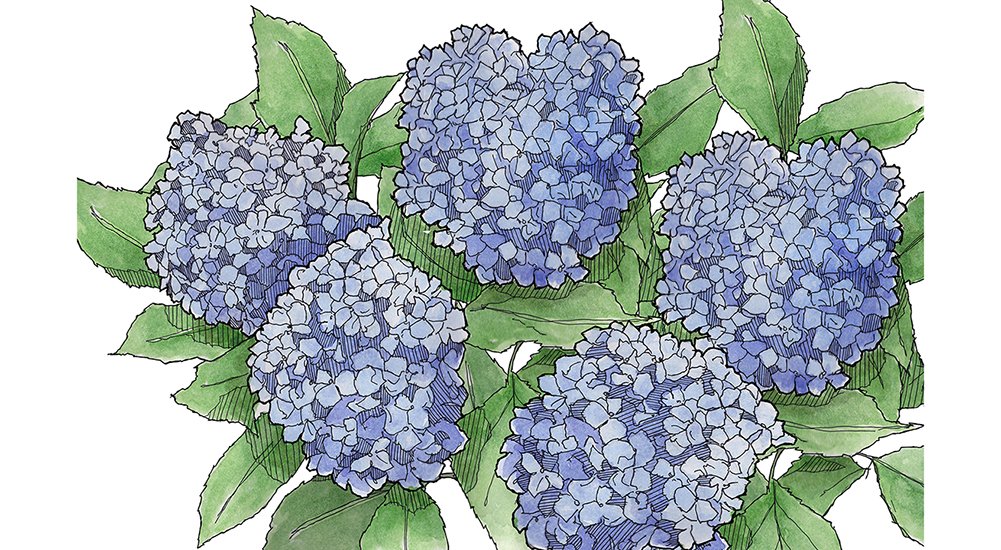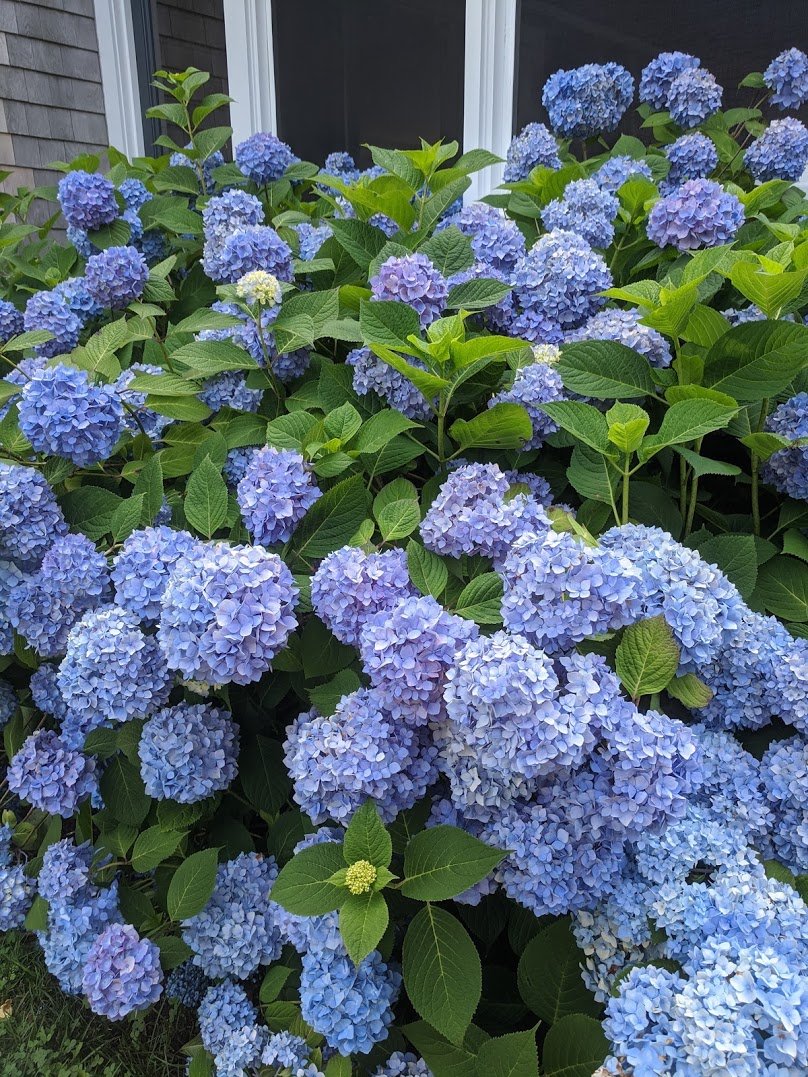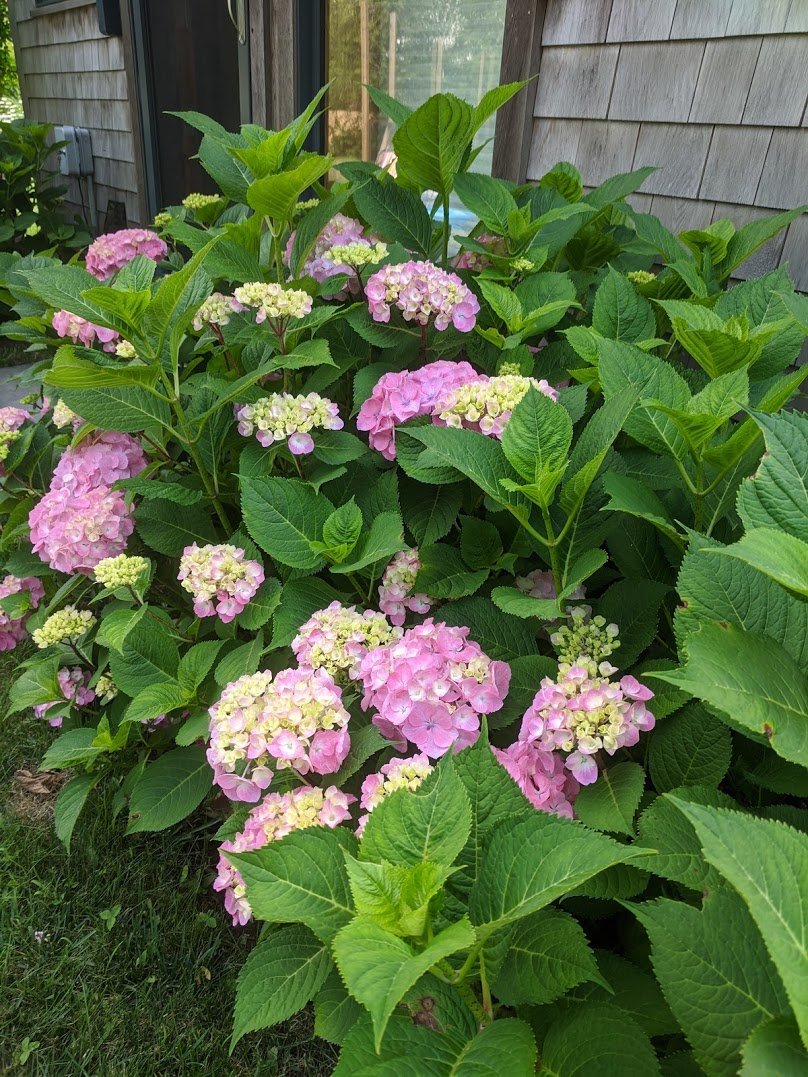WARM WEATHER
VEGETABLES
As we slowly move into the warmer season, it is safe to plant out your warm weather vegetables. Stake vines and veggies as needed. Mulch or top dress around vegetables to prevent weeds and conserve moisture.
All the warm season vegetables can go in now: tomatoes, peppers, eggplants, beans, corn and squash.
The tomatoes, eggplants and peppers are growing in small pots. Cucumbers, zucchini and summer squash are growing in little peat pots that can go directly in the ground.
Beans and corn should be planted from seed directly in the ground now. Remember to keep them moist until they germinate.
We also have in stock annual herbs including Parsley, Basil, Dill, Rosemary, Chervil, Fennel, Summer Savory and Marjoram.
We have a nice selection of perennial herbs including Thyme, Tarragon, Sage, Oregano, Sweet Woodruff and Lavender
We also carry edible flowers including Violas, Bachelor Buttons, Calendulas, Borago and Nasturtiums.
A second crop of the spring cool weather plants can also go in now. Carrots and beets should be seeded again. We have packs of lettuce and arugula and it is still a good time to plant those.
Plant now and enjoy the edible bounty of your efforts later!
*******************
TOMATOES
Tomato season is upon us and there are so many varieties available. How do you choose which to grow? The first step is to understand the differences between heirloom and hybrid tomatoes. Both varieties have their strengths and weaknesses.
Tomato Sungold
Tomato Supersweet 100
Tomato Big Beef
[HEIRLOOM VS HYBRID TOMATOES]
HEIRLOOM
Heirloom tomatoes are varieties that have been grown without cross-pollination for at least 40 years. They are open-pollinated, which means pollinated by insects or wind without human intervention. That allows them to remain stable in their characteristics from one year to the next. Gardeners appreciate their consistency in taste and agree that most heirloom varieties tend to have greater flavor than hybrids. Heirlooms are often grown locally and allowed to ripen on the vine which affects their flavor. They often produce only a small number of fruit since they have not had the selective crossbreeding as hybrids, Heirloom Tomatoes tend to be more susceptible to pest disease, especially fungus, which makes them crack and split.
HYBRID
Hybrid tomatoes typically yield a crop that is uniform in both appearance and timing. Typical supermarket tomatoes are hybrids that have been carefully crossbred to achieve a desired combination. Some of those characteristics may be bigger in size, better disease resistance, dependability, less required care, early maturity, higher yield, and/or specific plant size.
TOMATOES
——————
Pink Brandywine
Amish Paste
Black Krim
Cherokee Purple
Patio Choice Yellow
Bush Ace
Prudence Purple
Jetstar
Black Prince
Green Zebra
Watermelon
Candyland
Beefsteak
Gold Metal
Golden Yellow
Better Boy
Celebrity
Early Girl
Roma Plum
CHERRY TOMATOES
——————
Supersweet 100
Sungold
Tropical Sunset
Honeydrop
Moby Grape
***************************************
PEPPERS
We carry a variety of different peppers from sweet bell peppers to a range of hot peppers and Shishito Peppers
BELL PEPPERS
—————
CaliforniaWonder
Orange Sun
New Ace
and
Shishito Peppers
Royal Black (ornamental)
HOT PEPPERS
——————
Early Jalepeno
Chili Peppers
Czeck Black
Jaluv an Attitude
Red Long Slim
Annaheim
Banana
***************************************
BASIL
BASIL
———————————
Sweet Basil
Dwarf Greek Basil
Curly Basil
African Basil
Purple Ruffles Basil
Purple Opal Basil
Mammoth Basil
***************************************
SQUASH & CUCUMBERS
Cucumbers have made it to the Nursery, We have pickling & slicing varieties & Japanese Cucumbers. to highlight some specific varieties we have Marketmore, Painted Serpent, & Pickling. We are selling a nice selection of squashes, zucchini and cucumbers in peat pots.
SQUASH
——————
Honeynut Butternut
Squash
(chefs go crazy over
this squash because it
has a soft skin that
can be eaten, unlike
most butternut
squashes)
Spaghetti Squash
Summer Squash (Yellow
Crookneck &
Straightneck)
***************************************
NASTURTIUMS
We carry a variety of colors.
NASTURTIUMS
——————
Milkmaid (white)
Troika Mix
Moonlight (white)
Jewel Cherry Rose
Whirlybird Tangerine
Whirlybird Cream
Troika Cream
Jewel Primrose
***************************************
OTHER WARM WEATHER EDIBLES: ZUCCHINI, EGGPLANT & MUSKMELON
SALVIAS



































